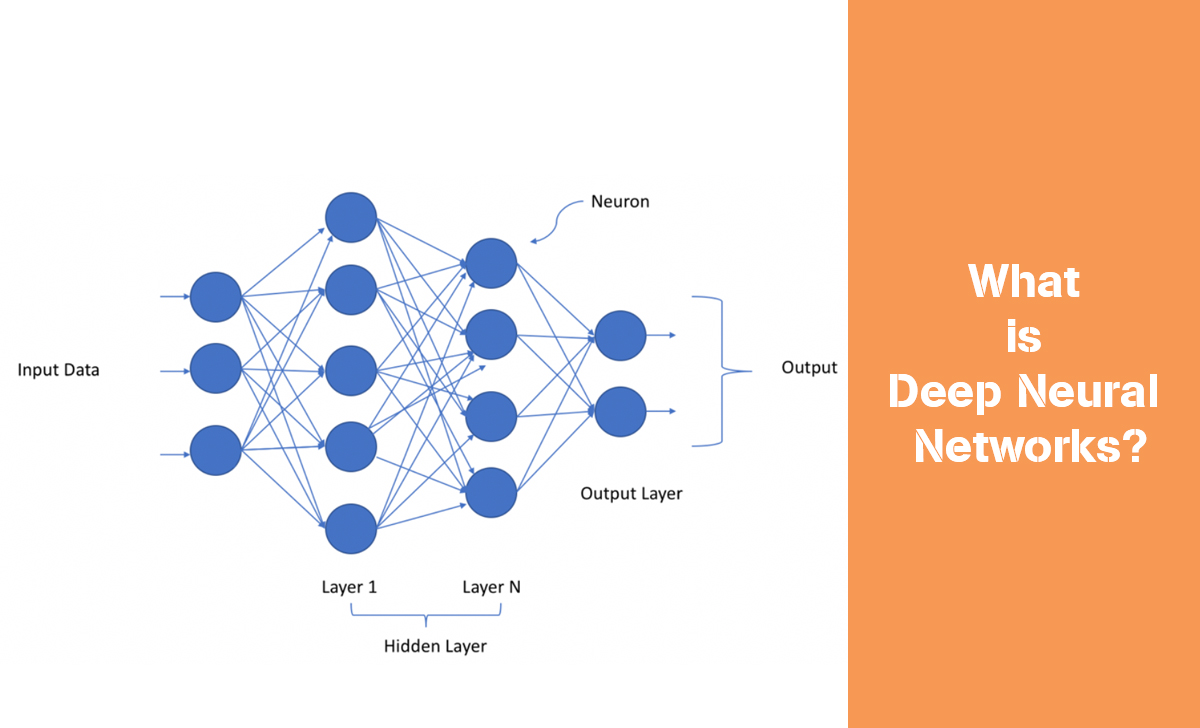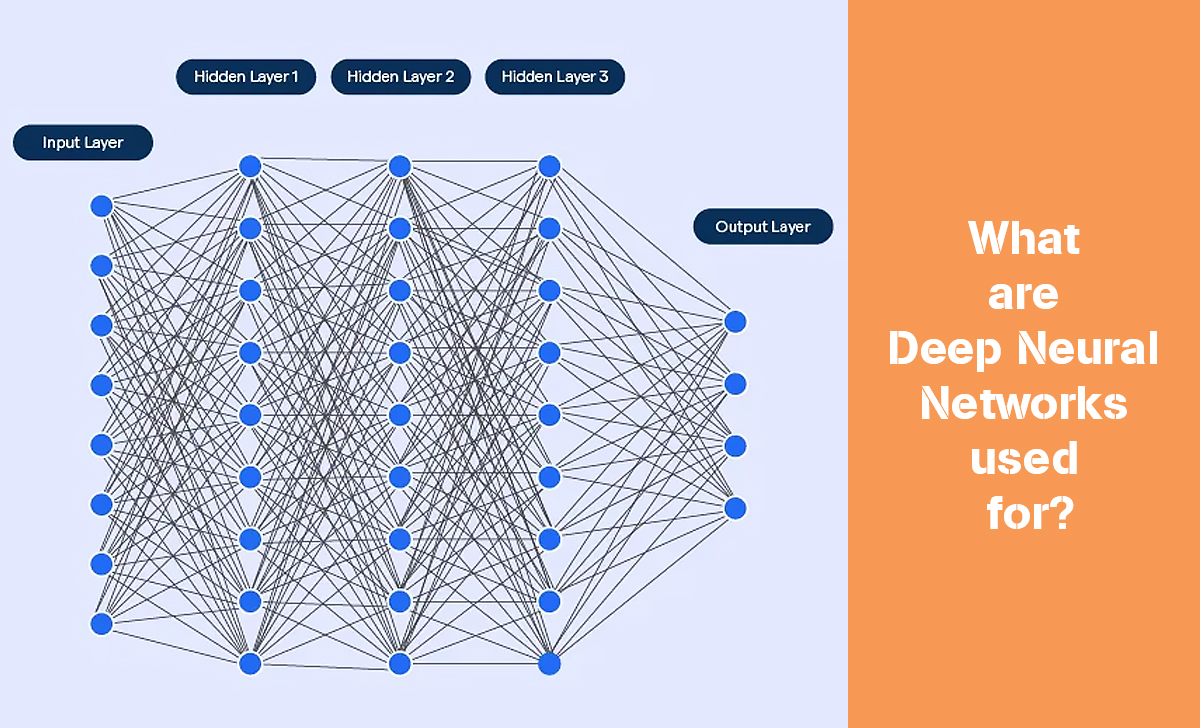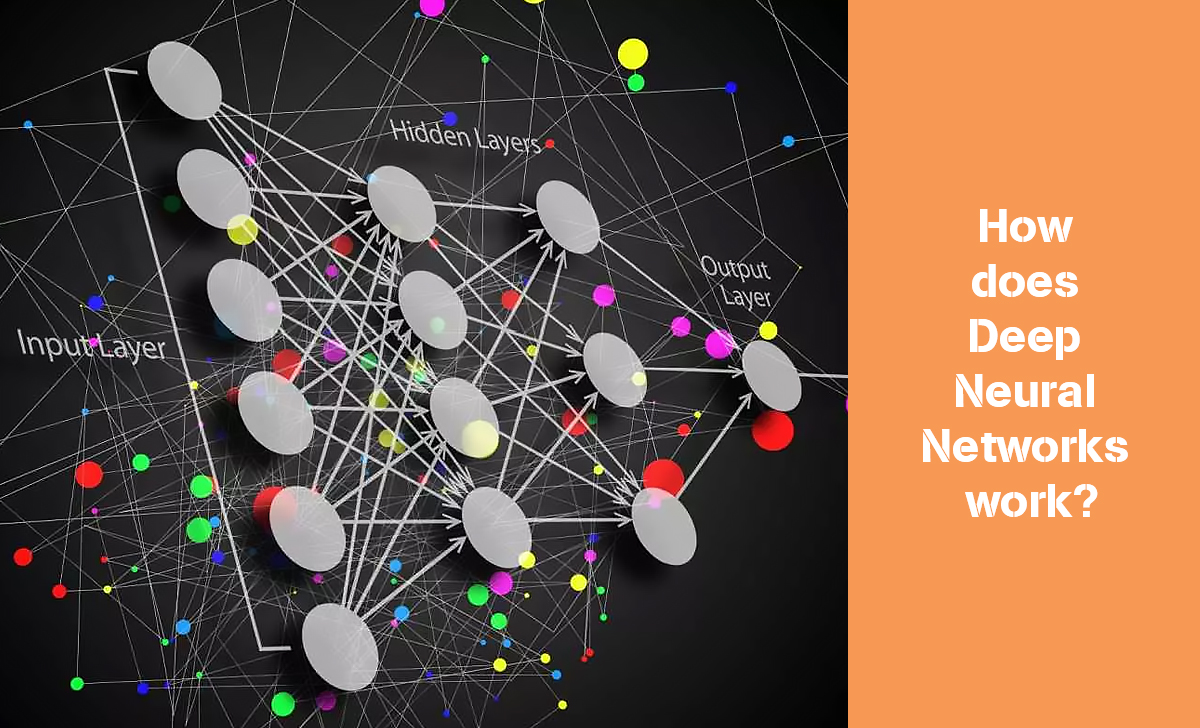In today’s digital age, AI has become an indispensable part of our lives. One of the most prominent AI technologies is Deep Neural Networks. Inspired by the structure of the human brain, it has created a revolution in many fields, from image recognition and natural language processing to various industries.
To help you better understand Deep Neural Networks. Please join AZcoin to learn about it right away through the following content!
What is Deep Neural Networks?

Deep Neural Networks are a subset of machine learning, inspired by the structure and operation of the human brain. They consist of many layers of nodes (neurons) connected together, forming a complex network. Each node in this network processes information and transmits it to other nodes.
The more layers and connections between layers, the deeper the neural network and the more capable it is of learning complex features from data. They are used for building intelligent systems such as self-driving cars, virtual assistants, and machine translation tools.
What are deep neural networks used for?

Some of the main applications of DNN are as follows:
- Image and video recognition: Deep neural networks, especially convolutional neural networks (CNNs), are very effective at identifying patterns in images and videos.
- Natural language processing (NLP): Recurrent neural networks (RNNs) and convolutional neural networks are well suited for processing text data.
- Speech recognition: Deep neural networks can be trained to recognize and transcribe spoken language, enabling applications such as voice assistants and speech-to-text software.
- Medical image analysis: Can help analyze medical images (example: X-rays, MRIs) to diagnose diseases, identify abnormalities, and aid in treatment planning.
- Drug discovery: Deep neural networks can be used to predict molecular properties and accelerate drug discovery.
- Recommender Systems: Can Provide Personalized Recommendations for Products, Movies, Music, and Other Content
- Autonomous Vehicles: Deep Neural Networks are Essential to Helping Self-Driving Cars Recognize Their Environment, Make Decisions, and Navigate Safely.
Additionally, you may be interested in AI tools that also have deep learning capabilities such as: AI Platform or Midjourney AI Art
Main Components of Deep Neural Networks

Neural networks, the foundation of deep learning in artificial intelligence, are computational models inspired by the structure and function of the human brain. Neural networks consist of many components, each of which plays a specific role in the learning process. In this answer, we will explore these components in detail and what they mean.
- Neurons: Each neuron takes in inputs, performs a linear operation (weighted sum times the input), and then applies an activation function to produce an output.
- Activation function: The activation function helps the network learn more complex features by limiting the output of the neuron to a certain range.
- Layers: Neurons are arranged into layers – Input layer: Receives input data; Hidden layer: Performs intermediate operations; Output layer: Outputs the final result.
- Weights and biases: These are numerical values that are adjusted during training to help the network learn the features of the data.
- Loss function: Measures the distance between the network’s predicted output and the actual value. The most commonly used are Mean Squared Error (MSE) and Cross-entropy.
- Optimization algorithm: Seeks to minimize the loss function by updating the network’s parameters.
- Backpropagation: This is an efficient algorithm to calculate the gradient of the loss function for each parameter of the network.
Types of Deep Neural Networks used today

- Convolutional Neural Networks (CNNs): Specialized for image and video processing, using convolutional layers to extract features.
- Recurrent Neural Networks (RNNs): Designed for sequential data such as text and time series, using recurrent connections to capture dependencies.
- Long Short-Term Memory Networks (LSTMs): A type of RNN that solves the problem of vanishing gradients, making them suitable for long-term dependencies.
- Generative Adversarial Networks (GANs): Consists of a generator and a discriminator, used to generate new data similar to the training dataset.
How does Deep Neural Networks work?

Deep Neural Networks (DNNs) are a type of artificial intelligence inspired by the structure and function of the human brain. They are made up of many layers of interconnected nodes, or neurons, that process information in a hierarchical manner.
Basic Structure
- Input Layer: This is the first layer that receives raw data, such as images, text, or audio.
- Hidden Layer: These layers process the input data and extract relevant features. The number of hidden layers and neurons in each layer determines the complexity and learning ability of the network.
- Output Layer: This layer produces the final result, which can be a classification (example: cat or dog), a prediction (example: a stock price), or a generated output (example: a piece of text).
Learning Process
- Initialization: The weights and biases of the network are randomly initialized.
- Feedforward: Input data is fed into the network and passed through the layers, where each neuron applies an activation function to the weighted sum of the inputs.
- Error Calculation: Calculates the difference between the output of the network and the desired output (target).
- Backpropagation: The error is propagated back through the network, allowing weights and biases to be adjusted to minimize the error.
- Weight update: The weights and biases are updated using an optimization algorithm, such as gradient descent, to reduce the error.
- Iteration: Steps 2 – 5 are repeated for multiple iterations (epochs) until the network converges to a satisfactory solution.
Key concepts
- Activation functions: These introduce non-linearity into the network, allowing the network to learn complex patterns. Common activation functions include ReLU, sigmoid, and tanh.
- Loss function: This function measures the difference between the network’s output and the desired output.
- Optimization algorithm: This algorithm is used to update the network’s weights and biases to minimize the loss function.
Conclusion
So together we have gone through all the most comprehensive and easy-to-understand content for Deep Neural Networks. Hope you enjoy this content and see you again in other even more interesting content at AZcoin.

I am Tony Vu, living in California, USA. I am currently the co-founder of AZCoin company, with many years of experience in the cryptocurrency market, I hope to bring you useful information and knowledge about virtual currency investment.
Email: [email protected]











